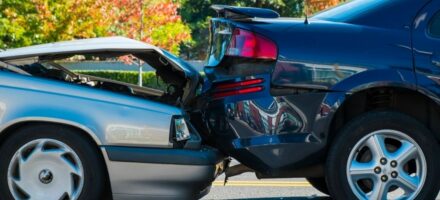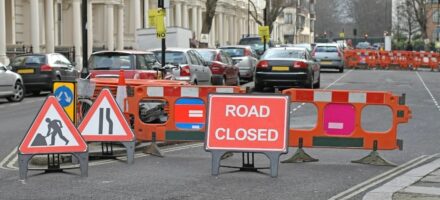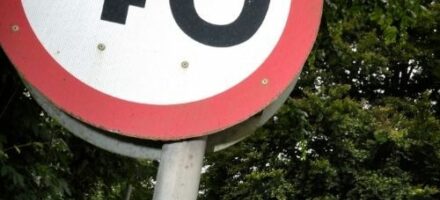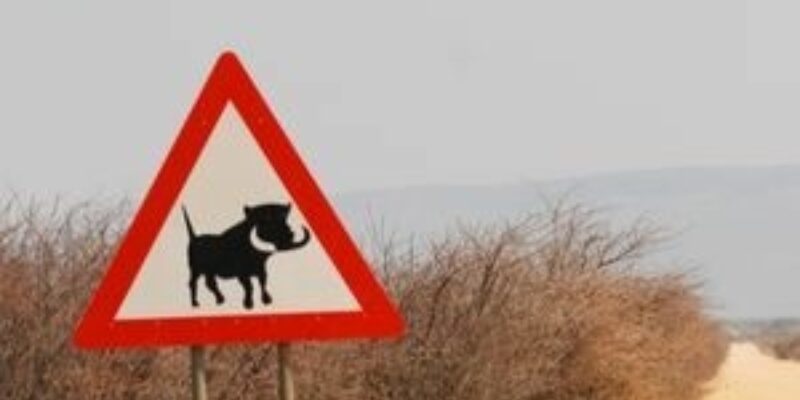
Classic cars to car enthusiasts are like vinyl to music lovers. They’re the icons we dream of owning, and the collector’s items cherished and preserved by their owners.
If you are you confused by the many different traffic signs in the UK, this is the website for you. Even for experienced drivers, getting your head around all of the traffic signs, traffic signals and road markings, and what exactly they are instructing you to do can be bewildering.

8 Funny Road Signs from Around the World
Road signs are a fundamental aspect when learning to drive and are designed to keep you informed while on the road. Despite this, over three-quarters of UK motorists are unable to decipher the most basic road signs. If you fall into that statistic, we suggest you dig out the Highway Code and swot up (after you continue reading, of course).
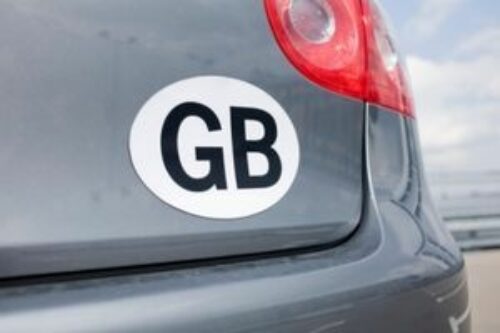
Our Top Tips: How To Drive Safe in Europe
If you’re heading to Europe, make sure you have the correct insurance and other road essentials for your trip.
More pressingly, when the UK leaves the EU, your plans to drive in Europe may be affected – so make sure you have the correct documents in place to avoid breaking the law.

Understanding Road Markings
As with road signs, it can be challenging to understand all of the different road markings. It is important to have a good working knowledge of what they mean, as they affect what you are allowed to do in certain situations.
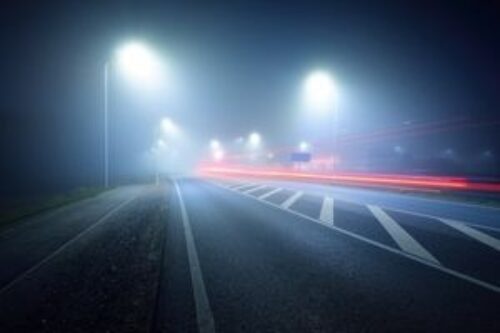
Is this a Legal Road Marking?
A white line has recently been painted on the road near my home. It looks like and H with a long middle, it is approximately 5 m long.
The occupier of the house has disabled parking only signs in his house window. Is this a legal road marking for disabled parking?
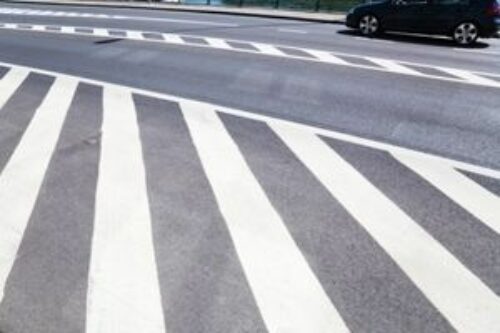
Road Markings: What They Mean
White lines are usually on the road surface and tell you something about the road that you are travelling on. Lines that travel along the road (longitudinal) inform and warn drivers of approaching situations that will need them to do something - like turn right, or do not cross. Lines that cross the road (transverse) give instructions to road users like 'give way' or 'stop'.
DISCOVER MORE
Visit our YouTube channel, where you can find more car reviews and walkarounds by our fantastic experts.

